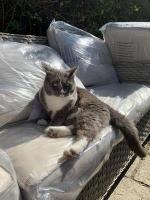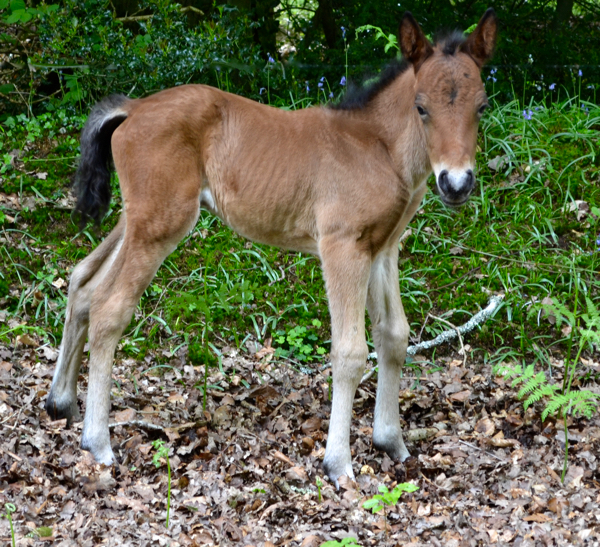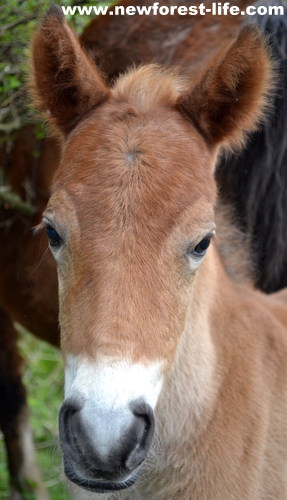New Forest heathland, bogs and mires.
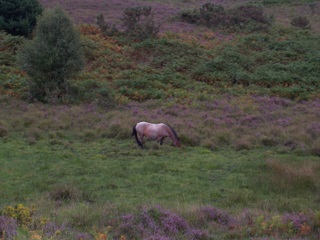
New Forest heathland, bogs and mires
New Forest heathland was recently featured on the BBC Countryfile programme where it showed the unique habitats of this National Park, including the New Forest heathland.
80% of the UK's lowland bogs and mires are contained within this UK National Park. When you go out for a walk on a wet, wintery day this is definitely confirmed. My son even managed to fall in a New Forest mire! Please take care they are extremely deep sometimes and always very, very smelly.
The New Forest National Park has a number of different habitats; heather dominated New Forest heathland, grasslands and water logged bogs and mires.
|
I am constantly amazed at how the ponies, deer, and cows adapt to these changes. I have seen this years foals at least a foot deep in a boggy mire and wondered (and being me - worried) that they might break a leg. They seem quite happy munching their way through all this soggy and foot rotting goo The New Forest Heathland has the most extensive area of this type of habitat left in Europe today. The drier areas are dominated by heather, gorse, bracken and lichen. As you can see this is really appreciated by the cows and ponies |
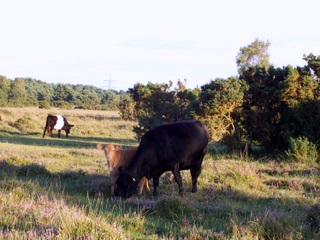 |
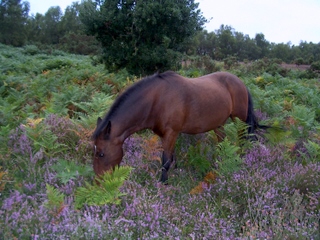 |
Here is the old bay gelding filling up with bracken, and some grasses, ready for a cold winter if it comes. I have seen the vital role the heathland gorse plays in the ponies lives when it is a really awful day.The wind and rain may be lashing across the forest, but the gorse provides a very good wind shelter for them - and they can eat it whilst sheltering - how environmentally friendly is that? As well as providing such a great habitat for the New Forest ponies and cows, the drier heathland also plays a major part in the life and thriving existence of the Dartford Warbler, sand lizard and smooth snake. |
|
Bogs and mires When I first heard the term "mire" I didn't realise how much walking either around or through mires I would be doing! The New Forest National Park has 75% of the valley mires in north-west europe and is the most important mire system in Western Europe |
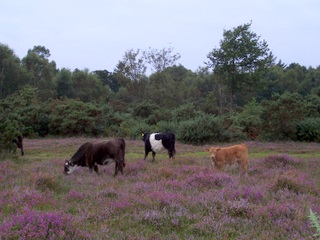 |
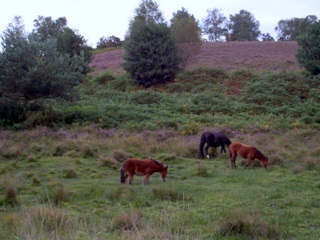 |
This system supports mosses, bog asphodel and white beaked sedge, which in turn attract dragonflies and damsel flies. The bog and mire systems, when becoming waterlogged, mean that peat is produced. Not only do the bog and mire plants grow but it is easy to see why Commoners wanted to retain their peat harvesting rights in the past. Peat would have been a vital source of free fuel on a damp and cold New Forest night for the foresters. During part of the year, near where I live, orchids burst into flower and considering the amount of hoof traffic that passes by them, manage to give wonderful displays for many weeks. |
Another fascinating plant is both the sundews and bladderworts. These are carnivorous and eat small insects.
I often see them near a stream edge waiting to pounce on an unsuspecting buzzing insect - truly a wonderful walk - although not for the insect!
The New Forest and The National Trust
The National Trust is the second largest landowner in the New Forest, with 2400 hectares on five different sites on the western and eastern edges. All are open spaces that are open to the public for free and offer a wide choice of flora and fauna.
The properties within the established New Forest boundary are:
• Hale Purlieu
• Bramshaw Commons
• Rockford, Ibsley
• Hightown Commons
• Foxbury Plantation (recently acquired, is just outside this boundary, but within the National Park).
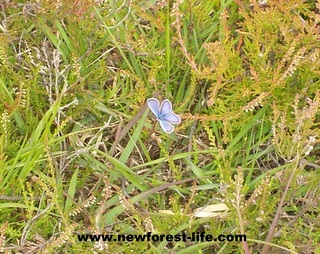
New Forest Heathland, Bogs and Mires Back to Home Page
Home | Contact Me | Terms of Use | About Me |
